Infinite Cinema: The Films of Hollis Frampton
Programmed by: Olivia Hunter Willke
“A film is a machine made of images,” said Hollis Frampton, the avant-garde filmmaker, artist, writer, and theoretician. While exploring theories of series and sets in photography, he became interested in film and the sequential nature of moving images, creating meaning from image sequence, textural qualities, and processes of the medium. His films balance an intellectual rigidity with a focus on structure: a fascination with the materials of film itself, how to mold, form, and engage with the properties of cinema through a conceptual and systematic framework. All the same, he leaves room for lyricism and individual interpretation in the “cinematic arts,” as he referred to it. While Frampton’s films could easily be impenetrable due to the depths of their formal intention, they exude a warm curiosity and an analytical playfulness, imbued with the soul of a creative aware of his boundary-pushing and trail-blazing sensibility. His earnestness is apparent in his concept of “infinite cinema,” a cerebral, polymorphous term meant to capture “all the appearances of the world,” or all that cinema was, is, and has the potential to be in image, technology, and infrastructure. An experimenter at heart, he used the medium as a conduit for scientific interpretation and also spiritual practice, keyed into the meditative nature of arranging images and expanding consciousness that can be achieved in “infinite cinema.” To this day, his ideas and theories echo in the avant-garde.
Zorns Lemma (1970)
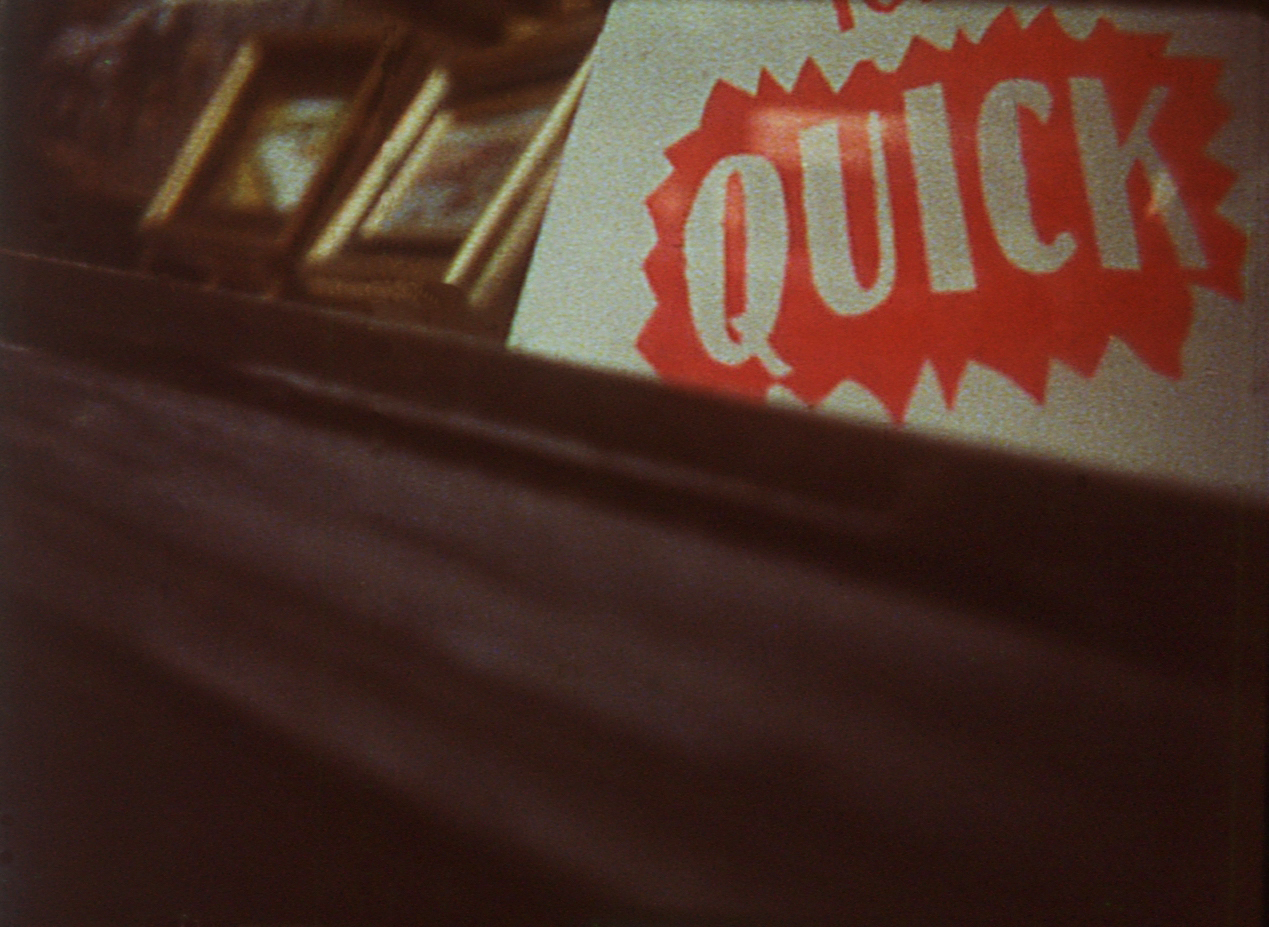
Hollis Frampton · 60m · 16mm
The first feature-length avant-garde film ever screened at the New York Film Festival, Zorns Lemma is structured around the 24-letter Latin alphabet. Named after a mathematical proposition of set theory, the film consists of three parts, with its middle section rhythmically replacing a representational alphabet with abstract and evocative images.
Sunday, October 5 7:00 PM
Hapax Legomena (1971-1973)
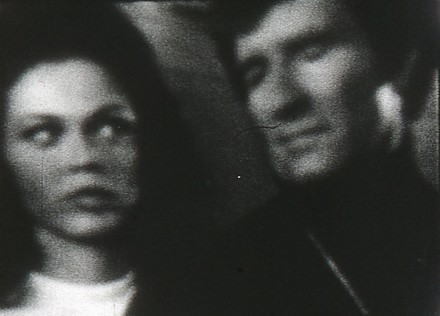
Hollis Frampton · 202m · 16mm
A seven-part film cycle, Hapax Legomena is Frampton’s only interlocking set of films that he had the opportunity to create before his untimely death in 1984 at the age of 48. Frampton explained the film as “a single work of detachable parts, each of which may be seen separately for its own qualities.” (Nostalgia), part of the cycle, was inducted into the National Film Registry by the Library of Congress in 2003.
Introduced by Fred Camper.
Sunday, October 12 7:00 PM
Manual of Arms / Information / States / Heterodyne / Snowblind / Works and Days (1966 / 1966 / 1967 / 1967 / 1968 / 1969)
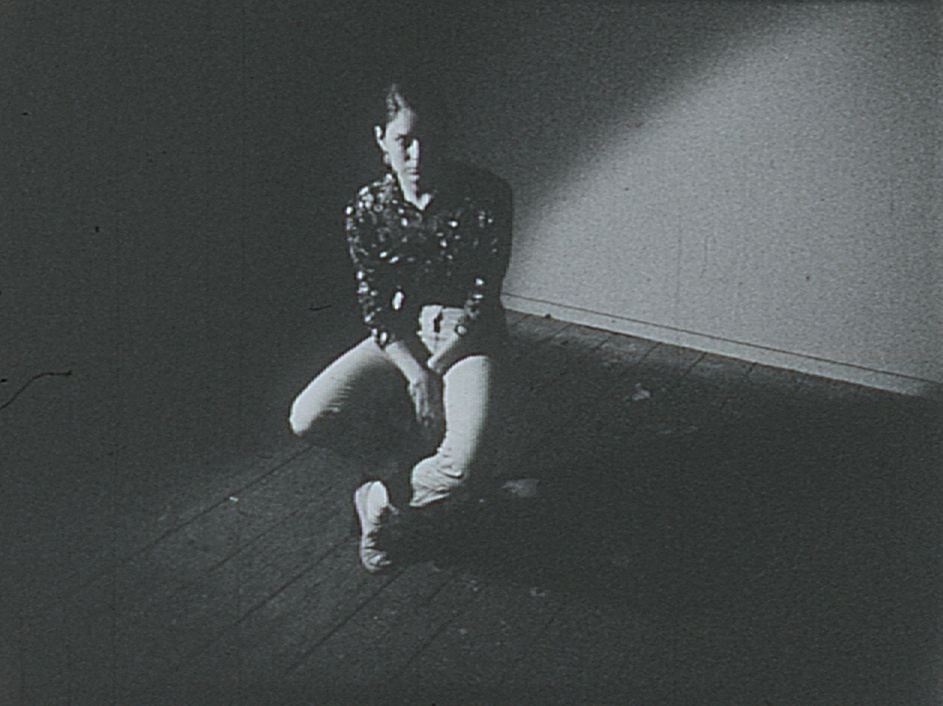
Hollis Frampton · 17m / 4m / 17m / 8m / 6m / 12m · 16mm
This block is primarily concerned with materials and rudimentary engagement of the form. Information is Frampton’s earliest surviving film. Heterodyne is a geometric animation made by cutting, punching, and welding colored leader. Snowblind is a homage to Michael Snow’s sculpture “Blind.”
Sunday, October 19 7:00 PM
Surface Tension / Carrots and Peas / Lemon / Prince Ruperts Drops / Artificial Light / Less (1968 / 1969 / 1969 / 1969 / 1969 / 1973)
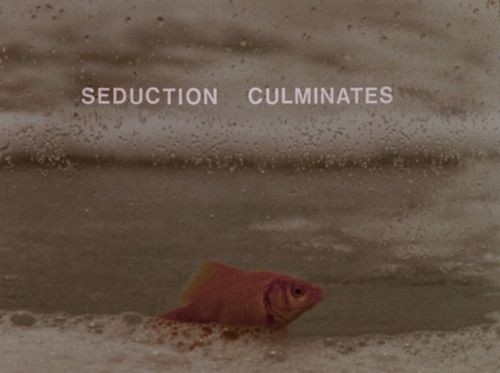
Hollis Frampton · 10m / 6m / 7m / 7m / 25m / 1m · 16mm
This group of films contains some of Frampton’s most notable standalone works. Surface Tension was his “break-out” film. Carrots and Peas is an ironic take on a slide-lecture. Lemon, one of Frampton’s most monumental yet simplest works, shows a lemon in a fixed position as lighting changes. Less is another cheeky minimalist film, consisting of a 24-frame (one second) loop of the incremental blacking out of a nude portrait by photographer Les Krim.
Sunday, October 26 7:00 PM
The Birth of Magellan: Cadenza I / The Birth of Magellan: Cadenza XIV / The Birth of Magellan: Mindfall I & VII / Matrix [First Dream] / Palindrome / Noctiluca (1977 / 1977 / 1980 / 1979 / 1969 / 1974)
![The Birth of Magellan: Cadenza I / The Birth of Magellan: Cadenza XIV / The Birth of Magellan: Mindfall I & VII / Matrix [First Dream] / Palindrome / Noctiluca (1977 / 1977 / 1980 / 1979 / 1969 / 1974) still](/images/2025fall/frampton/the-birth-of-magellan-cadenza-1977.jpg)
Hollis Frampton · 6m / 4m / 35m / 28m / 22m / 3m · 16mm
In the last decade of his life, Frampton devoted almost all of his creative energy and time to a monumental project titled Magellan. Never completed, Magellan set out to create a “metahistory” of film that could also serve as a “model for human consciousness.” Conceived as a “utopian” work, its massive scope engaged with an “infinite cinema,” spanning all that film is and could be. These films are pieces of the incomplete Magellan cycle.
Sunday, November 2 7:00 PM
Public Domain / Summer Solstice / Pas de Trois / Short Films 1-9 (1972 / 1974 / 1975 / 1975)
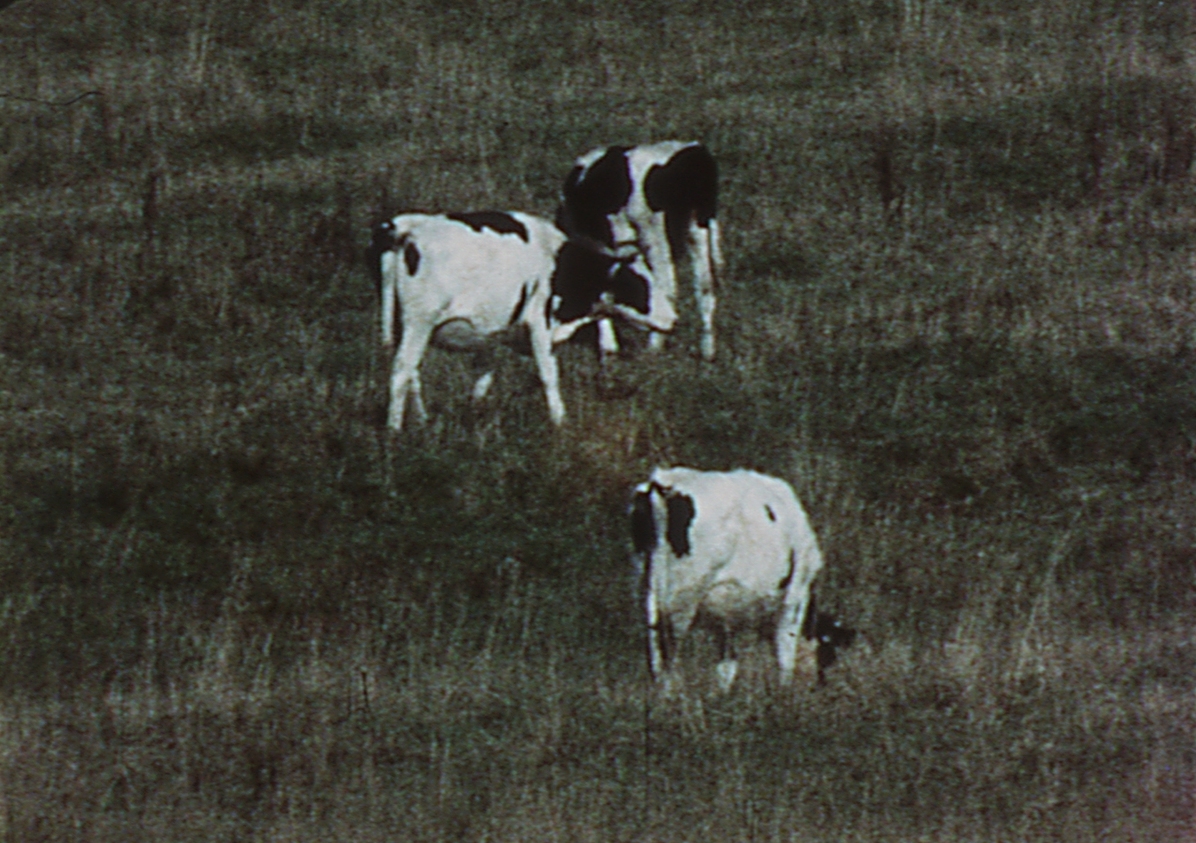
Hollis Frampton / Hollis Frampton / Hollis Frampton / Stan Brakhage · 14m / 33m / 4m / 36m · 16mm
Public Domain uses archival materials from the Library of Congress to reimagine film’s infancy as a medium. Summer Solstice is an experiment of observing (cows and their habits) without obstruction of action. Pas de Trois is an analysis of film’s relationship to sexuality, particularly its focus on women’s form as subject. Accompanied by the first nine short films of Stan Brakhage’s 1975 Short Films 1-10.
Sunday, November 9 8:00 PM
Autumnal Equinox / Winter Solstice / Straits of Magellan: "Drafts and Fragments" (1974 / 1974 / 1974)
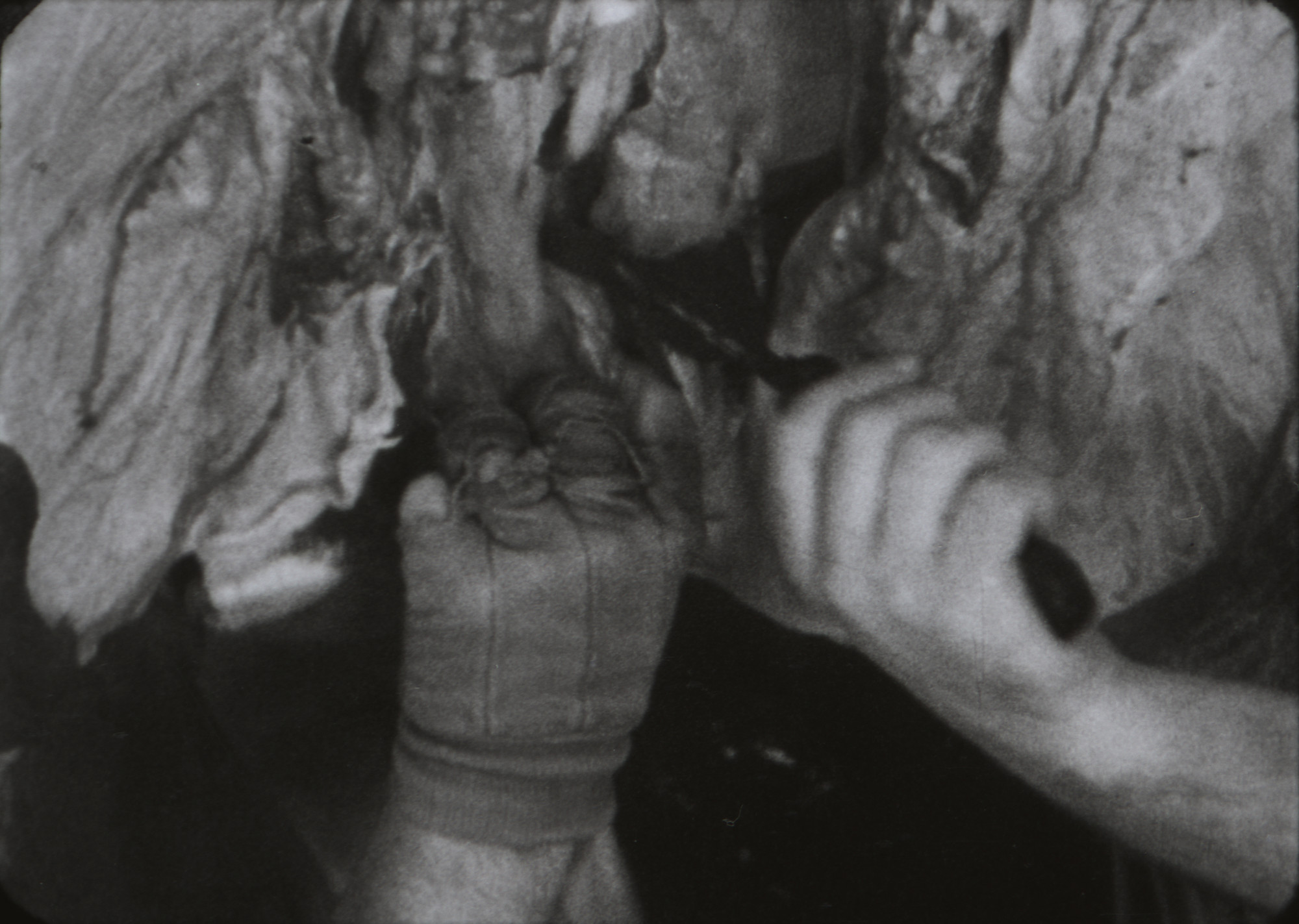
Hollis Frampton · 27m / 33m / 51m · 16mm
Autumnal Equinox and Winter Solstice take place in working-class industrial spaces: a slaughterhouse and a steel mill. The movement of the handheld camera creates a painterly illustration of frenzied, heaving environments. Straits of Magellan is a sampling of forty-nine silent, unedited fragments from Frampton’s unfinished catalogue.
Sunday, November 16 7:00 PM
The Red Gate: Magellan at the Gates of Death, Part I / The Green Gate: Magellan at the Gates of Death, Part II (1976 / 1976)
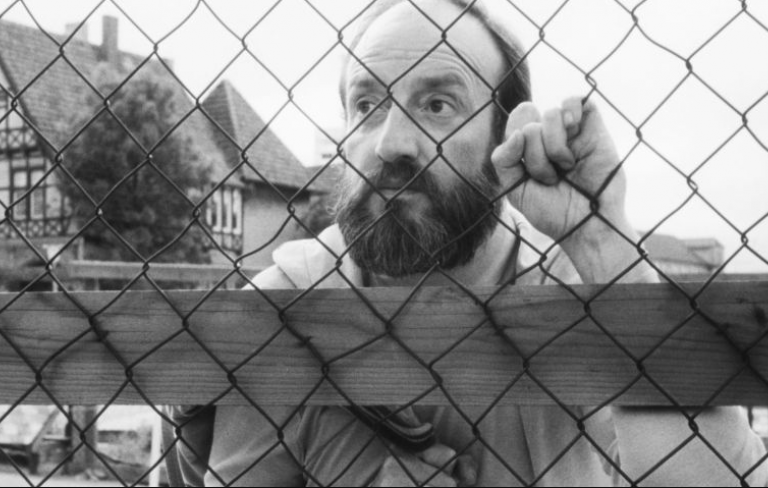
Hollis Frampton · 52m / 53m · 16mm
Over the course of two years and four visits, Frampton filmed cadavers at the Gross Anatomy Lab at the University of Pittsburgh. As part of the Magellan cycle, he planned to disassemble these two films into twenty-four “encounters with death” that were to be shown in five-minute increments twice a month. In their current form, shown together, they span the length of a feature.
Sunday, November 23 7:00 PM
Otherwise Unexplained Fires / Quaternion / Yellow Springs (Magellan: Vanishing Point #1) / For Georgia O’Keeffe / More Than Meets the Eye / Not the First Time / Tiger Balm / Procession / Gloria! (1976 / 1976 / 1972 / 1976 / 1979 / 1976 / 1972 / 1976 / 1979)
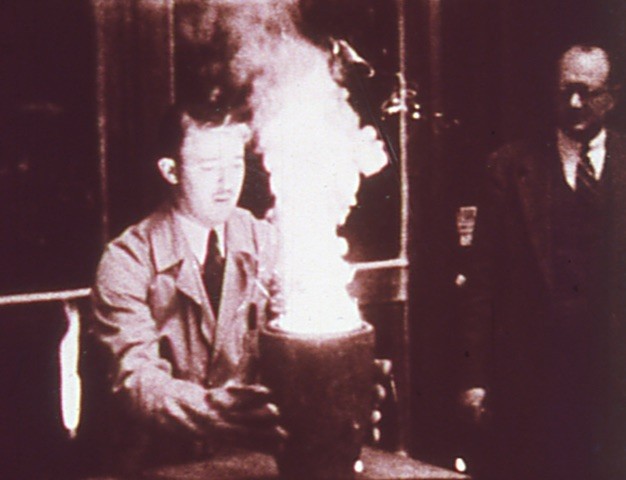
Hollis Frampton · 14m / 4m / 5m / 4m / 8m / 5m / 10m / 3m / 10m · 16mm
Quaternion, Yellow Springs, and For Georgia O’Keeffe are three films that Frampton planned to include in a “portrait gallery.” The first is a portrait of painter James Rosenquist, the second, a portrait of experimental filmmaker Paul Sharits, and the third, an homage to artist Georgia O’Keefe. More Than Meets the Eye captures a visit to the “purported birthplace of the Eisensteinian model of cinema, the fairground.” Gloria! is an ode to Frampton’s grandmother.
Due to shipping difficulties, the screening originally scheduled for Sunday, 12/7 was cancelled. All online tickets will be refunded. We apologize for the inconvenience.






